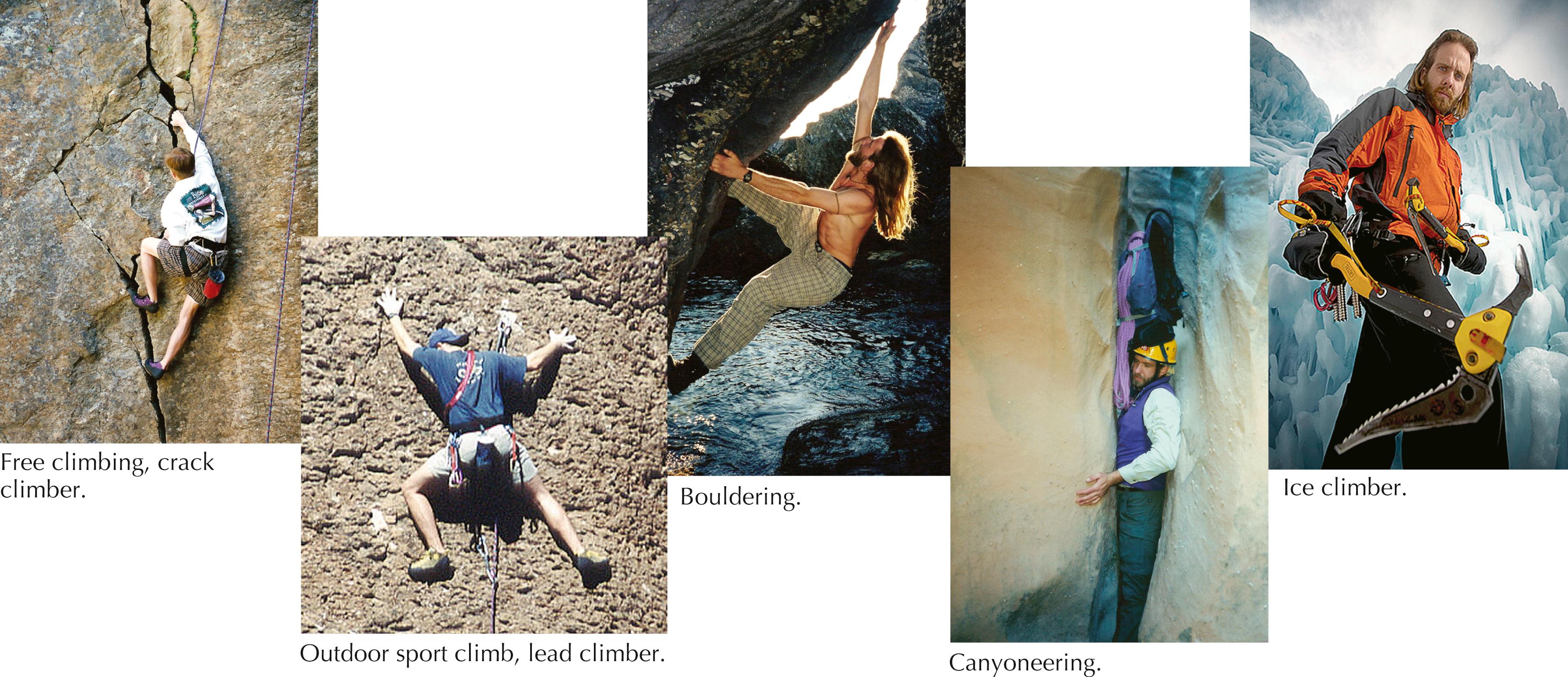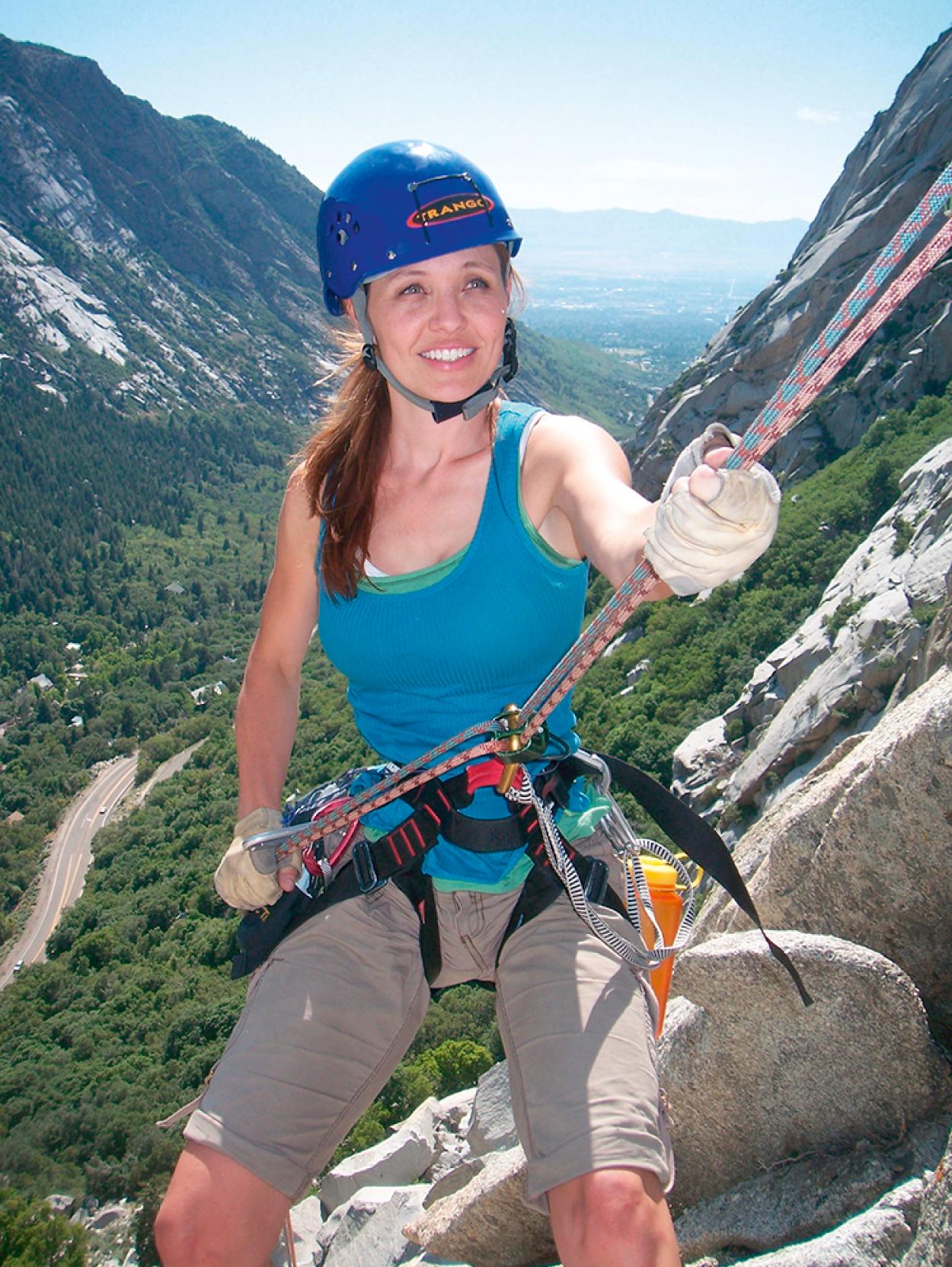Physical Address
304 North Cardinal St.
Dorchester Center, MA 02124
Rock climbing popularity and access have opened the sport up to climbers of all ages.
Beginning with Tokyo 2020, sport climbing included in Summer Olympic Games
International Federation of Sports Climbing (IFSC) organizes senior and junior World Championships, World Cup, and international events
Climbing requires strength, endurance, flexibility, agility, and courage
Equipment advances have made climbing safer
Overuse and climbing-specific injuries pose challenges to climbers and providers
Increase in adolescent overuse injury patterns
A 2015 systematic review in British Journal of Sports Medicine evaluated risk factors for injury:
Age, years of climbing experience, highest climbing grade achieved, high climbing intensity score, lead climbing, previous injury
No conclusive data regarding injury prevention
Type of climb
Competition climbing: route climbing, speed climbing, bouldering
Indoor climbing is safer and more controlled, but adds risk for overuse, particularly to fingers.
Risk of death and serious injury greater in mountaineering ( Table 99.1 )
| Year | Accidents Reported | Injured | Fatalities |
|---|---|---|---|
| 2005 | 111 USA | 85 USA | 34 USA |
| 19 Canada | 14 Canada | 7 Canada | |
| 1951–2005 | 6111 USA | 5158 USA | 1373 USA |
| 958 Canada | 715 Canada | 292 Canada |
3.1 injuries per 1000 climber hours in sport competitions ( Table 99.2 )
| Year | 2005 |
|---|---|
| Climbers | 443 |
| Countries | 55 |
| Climbing days | 520 |
| Acute medical issues | 18 |
| Serious medical issues | 4 (zero deaths) |
| Injury rate per 1000 climbing hours | 3.1 |
Equipment
Regular inspection and replacement of damaged or expired equipment
Follow manufacturer’s recommendation for soft and metal gear replacement
Proper use of protection
Skill level
Elite climbers on more difficult climbs carry higher risk of overuse and exposed falls.
Most injuries occur at or below the climber’s usual level.
Greater risk in male climbers who climb harder routes, have been climbing more than 10 years, and lead climb more than top rope climb.
Environmental
Falling rocks
Isolation, weather, heat, cold (see Chapter 21: “Exercise in the Heat and Heat Illness” and Chapter 22: “Exercise in the Cold and Cold Injuries”)
Altitude (see Chapter 23: “Altitude Training and Competition”)
Plants and animals/insects
Belayer: Controls the rope for a climber, uses a belay device
Rappel: To descend on the rope, regulating the rate with an ATC, figure 8 , or other device
Pro: Protection, specialized equipment attaching rope to mountain or surface
Top rope: Rope placed through chains or metal loops at the top of a climb, alleviating the need to place protection
Lead climber: Assumes highest risk by “clipping-in” rope to protection on the way up. Subsequent climbers ascend using the top rope.
Problem: A term used in bouldering (see later) to describe a challenging route or segment that is worked on to mastery, often at lower heights and without a rope
Climbing without pulling or hanging on gear, rope, or stepping on anchors
True rock climbing, rope simply used as protection for falls

Pro (protection) used for safety
Climbers ascend a single or multiple pitches, or 20- to 50-meter climbing sections
Gear and ropes “cleaned,” or removed and carried to next pitch
Climbers belay up and either rappel down each pitch or walk off the top (hike down another route)
Established routes, often with ratings and maps
Fixed protection—inspect for safety (should not be loose or spin)
Bolts: anchored often at 2- to 4-meter intervals, lead climbers clip in as they pass, ideally placed strategically to prevent ground falls
Chains: chains or welded loops anchored to the rock at the top
“Rock gyms”
Molded holds and bolts attached to climbing walls, ropes provided and maintained by gym
Risk of overuse injury, as climbers can do multiple routes
Skills augmented in a safe environment
Often requires travel to austere environments in remote areas (see Chapter 24: “Travel Considerations for the Athlete and Sports Medical Team”)
Variable techniques, from hiking to rock and ice climbing, often over multiple days
Single push expeditions becoming more common and popular
Injury risk:
Serious injury or death from falls, usually related to fatigue and human error
Minor injuries magnified by remoteness
Environmental risks
Indoor or outdoor (see Fig. 99.1 )
Problems, usually 3–4 meters high, contain traverses and overhangs, repeated to completion
Spotting (partner standing below to protect from serious injury from falls) and mats prevent many lower extremity injuries
Finger overuse injuries common
Indoor and outdoor bouldering carry similar injury risk
Descent from cliffs using rappel devices ( Fig. 99.3 )

Rate of descent controlled via friction between rope and device by holding rope behind back
Use of gloves prevents friction burns.
A prusik cord or a second rope can be attached with a belayer at the top or bottom for redundant safety measures.
Descent into canyons or slots
Limited access and stretches without escape routes
Combination of hiking, rappelling, climbing, swimming, camping, exploring, and courage
“Pots” and “keepers,” deep rock pockets, pose great danger to inexperienced explorers
Pack rafting—canyoneering down to a river (such as the Colorado River in the Grand Canyon), floating down in a personal raft, then hiking or climbing out
Flash floods pose great danger
Cave explorers refer to less experienced counterparts as “spelunkers”
Requires horizontal and vertical movement through caves with extensive use of ropes for pitches, crawling, and squeezing through narrow openings
Experienced guides and terrain study
Possible digging and diving (scuba diving for intense cavers, see Chapter 83: “Scuba Diving”).
Excellent light sources, specialized equipment, redundant safety measures essential
No ropes or gear
Highest risk of injury or death
Unencumbered speed without ropes and gear, “street cred”
Excellent example in 2018 film, Free Solo
Become a Clinical Tree membership for Full access and enjoy Unlimited articles
If you are a member. Log in here